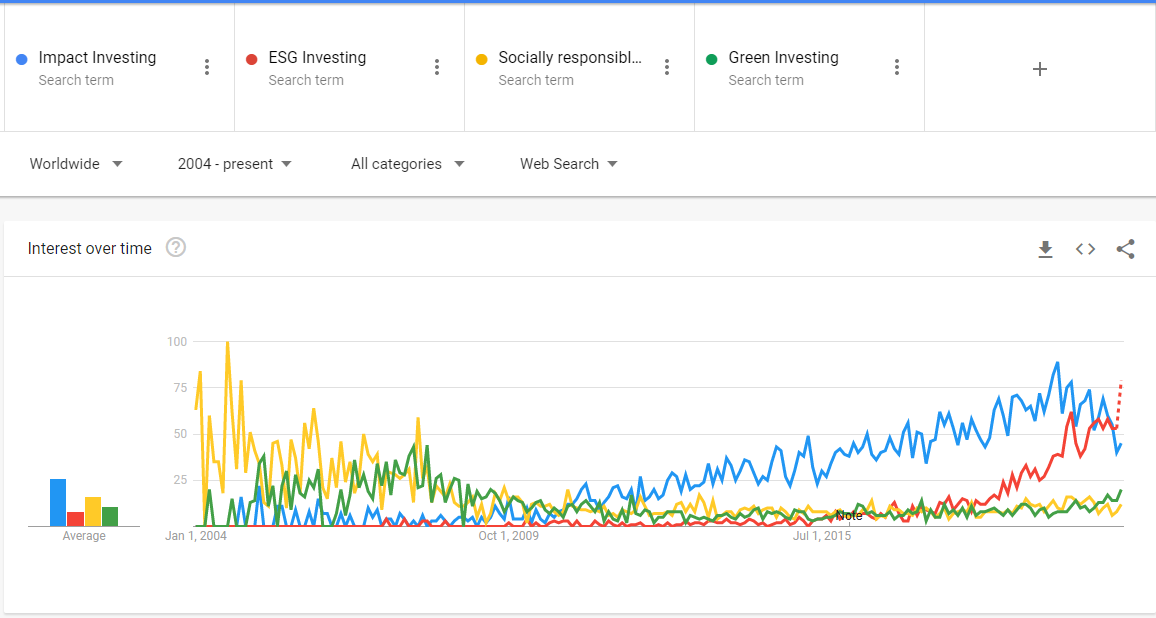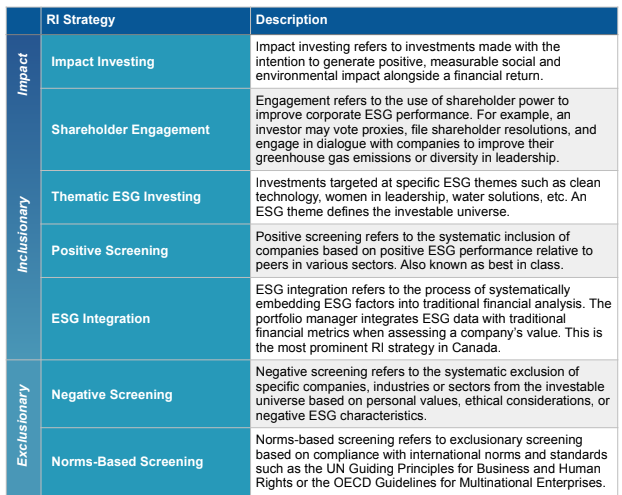By Stephanie Shumsky, Senior Advisor, Environmental and Social Risk Management at FinDev Canada, and Majid Mirza, CEO and Co-Founder at ESGTree
These days, you can’t talk about finance and investing without someone bringing up non-financial concerns, like climate change, working conditions for employees, and avoiding environmental pollution. Incorporating sustainability considerations into financial decisions has gone mainstream, with investment firms, banks and major corporations leading the charge, pushing for transparency, corporate commitments, reporting and disclosure.
According to Ernst & Young, 98% of institutional investors globally now say they take non-financial factors into consideration during the investment process, as compared to only around 60% in 2016[1]. Reporting on sustainability performance is commonplace, with the percentage of companies listed on the S&P 500 that published sustainability reports increasing from 20% in 2011 to 90% in 2019.[2] In many cases reporting has become obligatory, as 33% of global stock exchanges surveyed by the World Federation of Exchanges in 2018 require environmental, social governance (ESG) reporting[3]. Another trend that is emerging is mandatory disclosure of climate change risks for large companies and financial institutions in line with the Taskforce for Climate-related Financial Disclosures (TCFD). The United Kingdom and New Zealand have led the charge by introducing mandatory reporting according to TCFD guidelines in 2020.
But when we dive a bit deeper into this discussion, the curious reader can become confused by the seemingly interchangeable use of terms such as impact, ESG, socially responsible, and green investing to describe securities, bonds and investments strategies. Looking at the Google search trends since 2004, we see that preferences have changed over time. In terms of frequency of search terms, ‘socially responsible investing (SRI)’ gave way to ‘green’ investing only to be all but replaced by Impact Investing and ESG ten years later.

Unfortunately, this graph doesn’t explain the difference between the terms, just that their popularity has varied over the years and that we’ll likely see new terms pop up in the future.
So, getting back to our curious reader, what is the difference between ESG, impact investing and the others? Did ESG and impact investing replace SRI and ‘green’ investing? Is all of this just publicity and corporate messaging, or is there truly a way to link market returns with responsible actions?
One framework to resolve these distinguishing aspects is t

Although frameworks like the one above provide some clarity on different approaches
A final consideration, as we see a growing interest in responsible investing and more companies transparently reporting on their sustainability performance, is the
The Principles provide a reference point against which the impact management systems of funds and institutions may be benchmarked. They rely on emerging best practices from a wide variety of asset managers, asset owners, asset allocators, and development finance institutions.[4]
At the end of the day, whether you are more inclined towards ESG, green, impact investing or somewhere in between, keep in mind that responsible investing is an evolving spectrum of approaches and the more we work together to iron out the creases, the greater our triple bottom line achievements will be – doing no harm, while doing good, and ensuring healthy returns
[1] https://www.ey.com/en_ro/news/2020/08/-esg-disclosures-take-center-stage-as-investors-raise-stakes-to-
[2] https://www.globenewswire.com/news-release/2020/07/16/2063434/0/en/90-of-S-P-500-Index-Companies-Publish-Sustainability-Reports-in-2019-G-A-Announces-in-its-Latest-Annual-2020-Flash-Report.html
